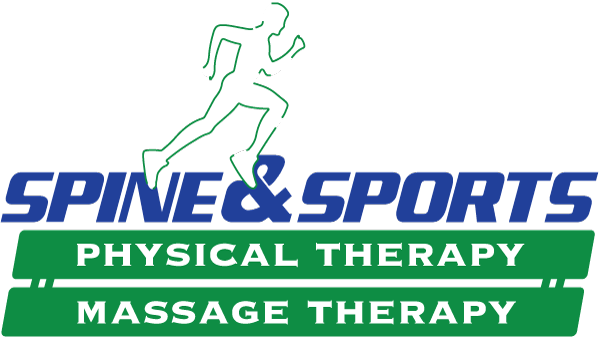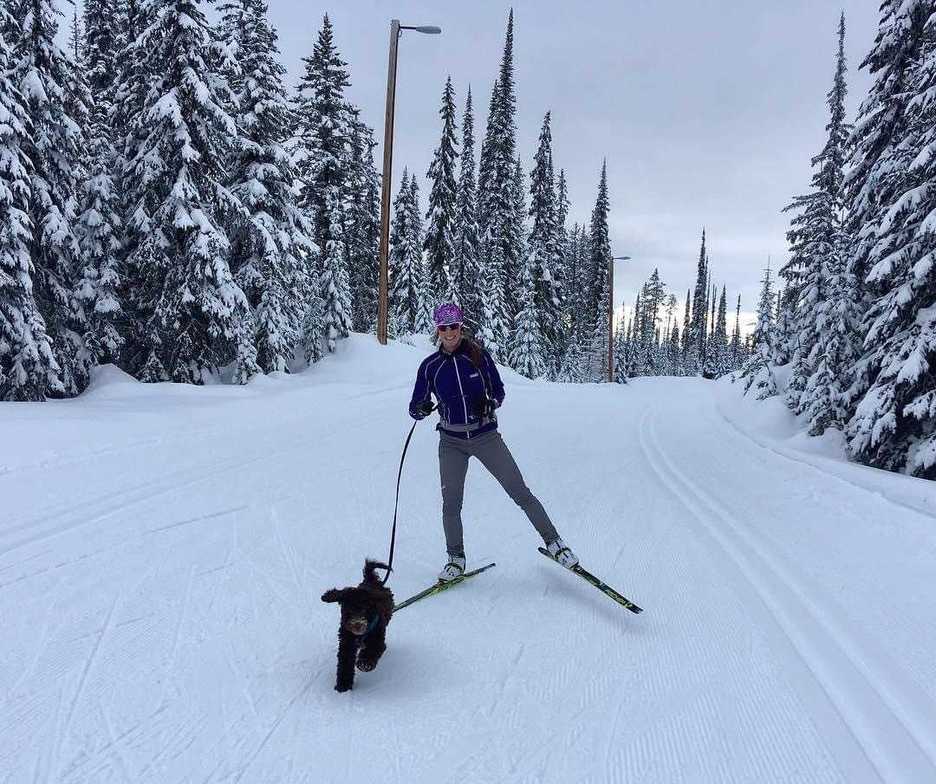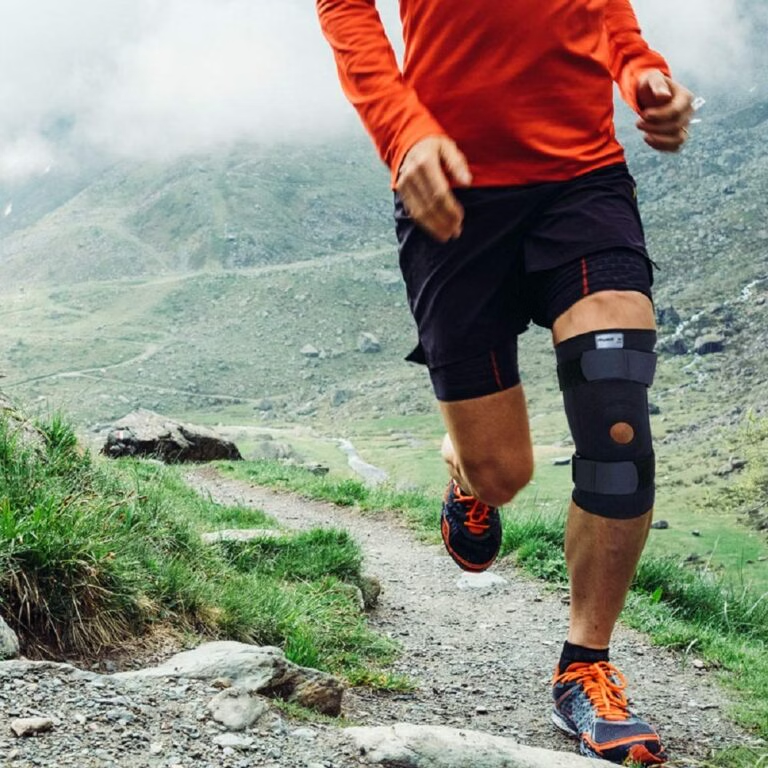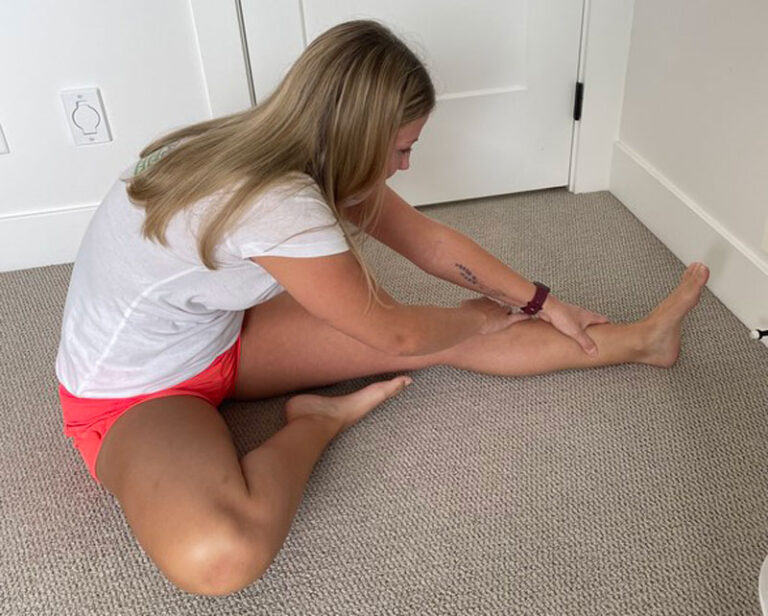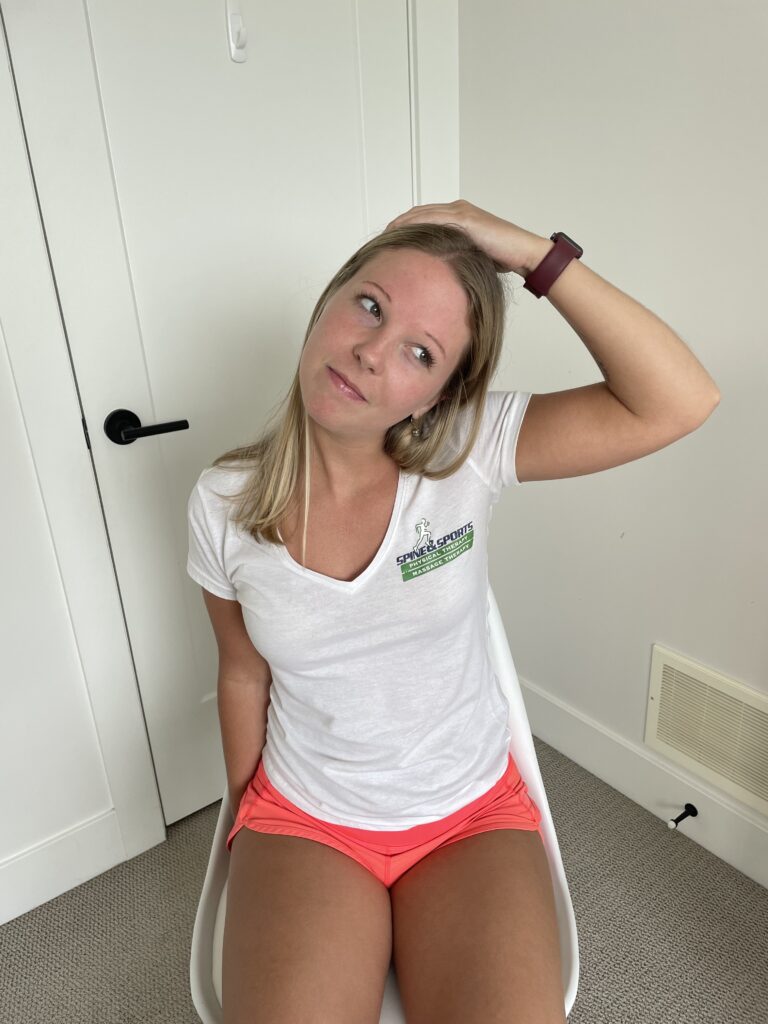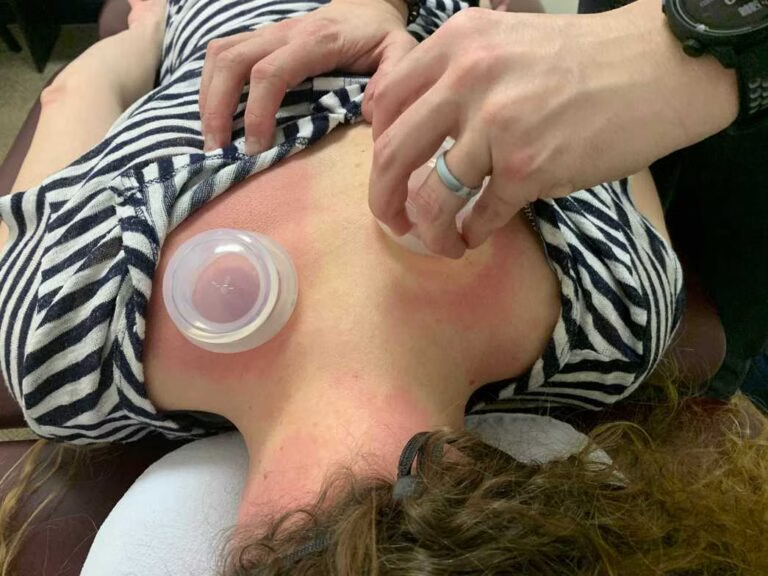Virginie Pichard-Jolicoeur
Virginie is an avid cross-country backcountry and downhill skier and a physiotherapist at Spine & Sport North End.
- Maintain (or gain) a base level of fitness With cooler temperatures, fall is a great time to be active. Whatever aerobic activity you prefer, let it be walking, hiking or biking, it is recommendable to practice it numerous times per week. This will help make sure your stamina is up the par for early ski season. Bonus points if you use poles for walking and hiking, get those arms ready to get to the chairlift or cruise the Nordic ski trails! Did I mention that you are more at risk of getting injured with a lower muscular and cardiovascular endurance?
- Add a few simple strength and balance exercises to your routine Squats and lunges are easy exercises to do at home and involve numerous key muscle groups. Doing them multiple times a week is a good way to increase your muscular endurance. Balance exercises are also a great investment of your time getting ready for ski season. For example, try balancing on one leg on a pillow. Consult with your favorite health care practitioner to get a personalized program.
- Get your gear tuned up It is crucial to make sure your gear is in prime shape before the season. Visit one of our great local ski shop to get those needs covered. Also, did you know that appropriate cross-country pole length is key in preventing shoulder injuries?
- Sign up for a lesson to optimize your skills It is pretty easy to see that good technique not only diminish your risk of falling but also make you less likely to get injured. Think of those overuse injuries from repetitively doing a movement incorrectly? And let’s face it, Alpine and Nordic sports are that much more enjoyable with a minimum of technique, especially skate skiing! Enjoy the fall season and see you on the ski trails & slopes!
